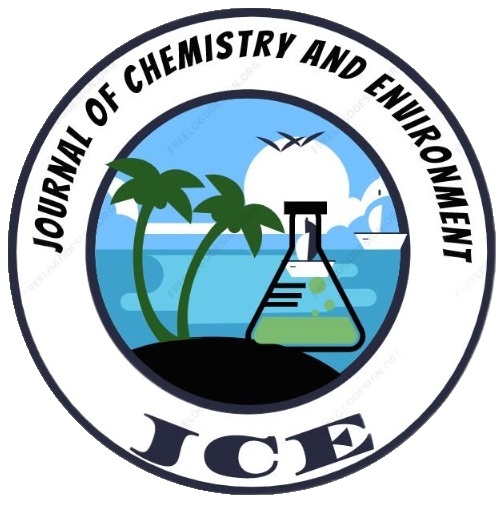Efficiency of Electrocoagulation for Laboratory Wastewater Treatment Using Aluminum Electrodes
DOI:
https://doi.org/10.56946/jce.v4i1.488Keywords:
Laboratory wastewater, Electrocoagulation, Aluminum electrode, COD removal, TSS removalAbstract
Environmental analysis of waste generated from residual samples in a testing laboratory is necessary to mitigate its impact. This study aims to assess the performance of electrocoagulation (EC) using aluminum (Al) electrodes in reducing Chemical Oxygen Demand (COD), Total Suspended Solid (TSS), and pH level in laboratory wastewater. This investigation successfully employed an EC process utilizing Al electrodes in both anode and cathode configurations. The experimental conditions include Voltage (10, and 20 V), contact time (15, 30, 45, and 60 minutes), and the electrode configuration (monopolar and bipolar). The results indicated that a bipolar configuration of Al electrode relatively outperformed a monopolar configuration. Optimal condition was achieved at 20 V, and contact time of 60 minutes. Results showed COD removal efficiency up to 96.15% reducing COD from 627.45 to 24.183 mg/L, TSS removal efficiency up to 92.45%, lowering TSS from 53 to 4 mg/L. While pH increased during the process, it remained within acceptable limits. This substantial reduction in pollutants significantly improved water quality, surpassing regulatory standards. The results suggest that EC is a promising approach for achieving sustainable treatment for laboratory wastewater.
Downloads
Published
How to Cite
Issue
Section
License

This work is licensed under a Creative Commons Attribution-NonCommercial-NoDerivatives 4.0 International License.
Funding data
-
Kementerian Riset, Teknologi dan Pendidikan Tinggi
Grant numbers DRTPM-PKM 106/E5/PG.02.00.PL/2024; 016/SP2H/RT-MONO/LL4/2024; 020/SPK/LPPM-UNJANI/VI/2024


